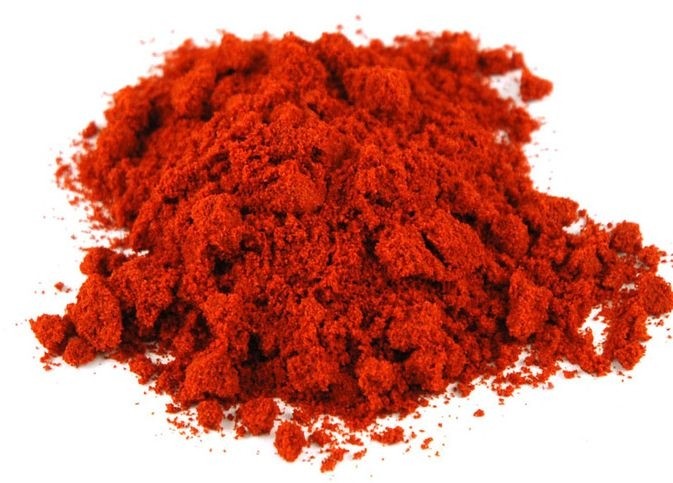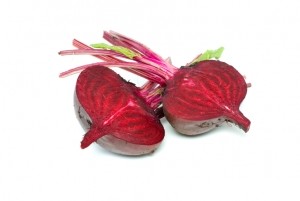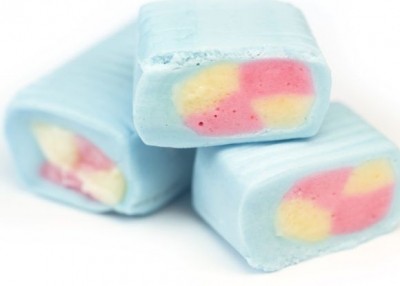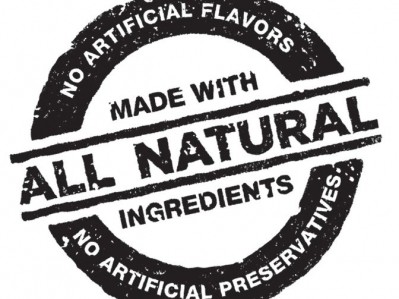60-second interview: Rohit Tibrewala, CEO, Roha, North America
ROHA on natural colors: ‘It’s a race to reduce cost and increase stability’

What kind of demand are you seeing for natural colors?
We have seen significant growth in our global natural color business. In Europe the growth is drive by regulatory changes in the past three years, but in the US we are seeing introduction of natural product lines by key manufacturers focusing towards cleaner label.
Is there still a big premium attached to natural colors?
Cost is still higher compared to synthetic colors. In addition, being crop based, there is some volatility year over year. For example in 2011 carmine prices went up 300% over 2010 prices and in 2012/13 they are down by 200% compared to 2011 prices. A similar situation was noticed in turmeric prices.
What are the biggest challenges you face from a sourcing perspective?
The biggest challenge in the sourcing of natural colors is the diversified geographical area in which they are grown. For example, spice-based colors like paprika and turmeric are grown primarily in India and now in other Asian countries, annatto and carmine primarily come from Latin America, fruit based colors from Europe and so on. If any of these areas are affected by adverse climatic conditions, it affects the global supply and price of that particular color.
How does the GMO issue affect the natural colors market?
Natural sources from which colors are derived are all from non-GM crops except some caramel colors. However, soy- or maize-based products are widely used as carriers, emulsifiers [to make water soluble colors from an oil based pigment, or spray drying to make powdered colors] and stabilizers.
At times ingredients and processing aids which could be derived from a potential GM source are also used during extraction and purification process for natural pigments.
To meet the demands of consumers, retailers and food manufacturers, the color industry has reformulated and maintains a non-GMO or GM free line of products. This process starts from the extraction facility to the final formulation of the color.
Where is ROHA's particular area of expertise in the natural colors space?
Roha is one amongst the few companies that provide a complete pallet of food colorings, both synthetic and natural.
Unlike synthetic colors, colors from natural colors are much more application specific. Our expertise is more in providing customized coloring solutions to our customers, and we have strong application support groups for confectionery, bakery, cereals, processed food, snack foods and beverage.
How dynamic is the natural colors space?
The natural colors market is still evolving and that makes it very dynamic. It’s a race to reduce cost and increase stability. Every manufacturer is focusing on improving extraction technology, formulations, stabilization and color delivery systems.
Improved formulations and particle size reduction technologies have improved the stability and brightness of the colors, while emulsions of oil based pigments can be made in clear forms with hues that can match synthetic colors.
Are many new natural colors likely to hit the US market?
Filing a petition with the FDA is very involved as it requires a lot of safety studies and involves cost. There are a few petitions already pending with the FDA eg. Cu [copper] Chlorophyll [green] and the industry is now working together to file few more petitions for sources like gardenia [blue], lutein and carthamus [yellow]. All of these are permitted in Europe but not in the US.
How has the performance of natural colors evolved in the past 10 years?
In terms of performance there has been significant improvement in past 10 years. Novel pigment sources, improvements in processing technology, innovative formulation and customized application techniques have geared the use of naturally derived color in all category of food industry.
However the natural colors are still not as stable as their synthetic counterparts and have restrictions in usage and shelf life.
What advice do you give US clients on ‘natural’ labeling?
This is a very sensitive area as it could lead to major legal issues for us and our customers. So our advice to customers is to follow FDA regulations with regard to labeling and rely on what their regulatory team recommends.
However, we and other color manufacturers have developed colors that can be claimed as ingredients on product labels other than colors.
Stay up to date with the latest trends in natural and clean label at Natural & Clean Label Trends 2013, a FREE-to-attend online event run by FoodNavigator.com and FoodNavigator-USA.com on June 26.
For full details and to register, click here.
























